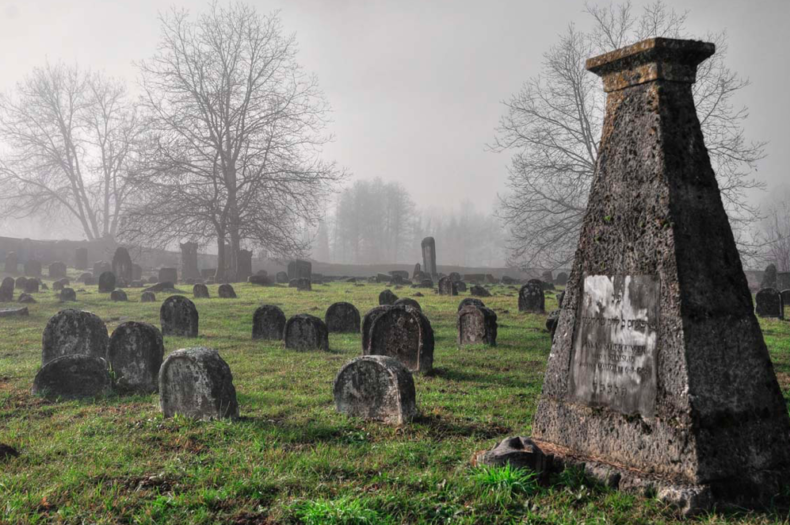Between Italy and Slovenia, a unique cross border challenge

“Two worlds that have long faced each other will come together in the name of Europe: healing after a long convalescence is within reach”. In his latest book, Decontaminare le memorie (Decontaminating memories), the historian Alberto Cavaglion stops in a place of intense suggestions: the square of the Transalpine Station of Gorizia, which once was a symbol of the political-ideological separation between Western and Easter Europe and now embodies a new era, a new possibility that has opened up and it would be unforgivable not to grasp.
In 2025 the two divided cities, Gorizia and Nova Gorica, will come together to become European Capitals of Culture. “The sufferings of the past, which here dates back to the First World War, to the anti-Slavic hatred that preceded and, in many ways, surpassed fascist antisemitism, are destined to vanish”. “The slow decontamination process, writes Cavaglion, “is about to end with a happy ending”.
It is a historic event, centered on the Jewish legacy of a city which in its golden age earned the fame of “Jerusalem on the Isonzo”, due both to the significant presence of Jews converging from all over the Austro-Hungarian Empire, from Italy, and, through Trieste, from Dalmatia, and to prominent figures such as the philosopher Michelstadter, the linguist Ascoli, the rabbi Isacco Samuele Reggio, and the journalist Carolina Luzzatto Coen.
The initiative is now about to enter its operational phase. After an online seminar held at the beginning of June, a new trilingual website (Italian, Slovenian and English) updates on the progresses of one of the qualifying projects of the joint dossier presented by the two Gorizie in view of 2025: the restoration and enhancement of the Valdirose/Rožná Dolina cemetery, in Slovenian territory, by the Jewish Cultural Heritage Foundation in Italy. Developed from an idea of the Pagine Ebraiche newsroom, the cemetery’s restoration is a fascinating challenge, also because of its cross-border location, points out the architect Andrea Morpurgo, project manager and counselor of JHE. Frankfurt an der Oder, Germany, is the sole other place in Europe where the architectural heritage of a Jewish community was divided between two countries after the Second World War.
The Valdirose cemetery, which lies just a few hundred meters over the border in the Nova Gorica suburb of Rozna Dolina or Valdirose, is shaped like a triangle. It occupies around 5,000 square meters, is enclosed by a thick masonry wall, and includes approximately 900 gravestones, some of which were brought to the cemetery from elsewhere. The oldest one dates from 1371. Today the cemetery, despite the restoration of the boundary wall, the former mortuary chamber and some tombs of illustrious community figures, is in a state of serious degradation. “An 1876 documentation – writes Andrea Morpurgo – counted 692 gravestones, the oldest of which dates back to 1371. But today many of them are difficult to read, broken, or have fallen and buried under the surface layer of the area”.
“Urgent restoration and recovery interventions are the last chance to save this precious heritage, which allows us to read and trace historical, cultural, religious and human paths of great interest, and which is moving towards a rapid destruction due to several different reasons, including: the degradation caused by the variation of the microclimate (aggression of sulphites and sulphides, which bind to various substances released into the atmosphere by industrial societies) and forms of “social” aggression such as vandalism and attempts at theft”.
